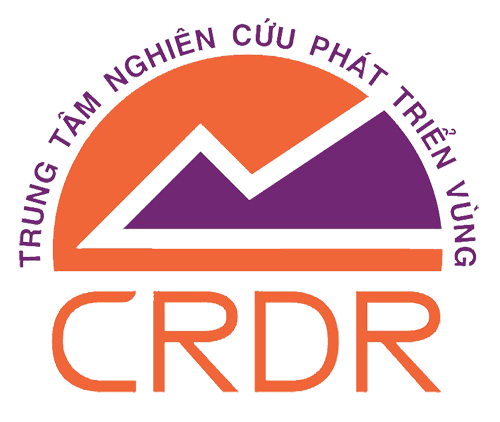– Higher liquidity risk than other fixed-income securities, as home equity loan ABS are less traded and more complex than other mortgage-backed securities, and may have limited market people and you may price transparency. This may make it difficult for investors to buy or sell the securities at a fair price, or to hedge their positions.
HELOC Abdominal muscles have a lower life expectancy exposure and you can return than family collateral financing Stomach, because root

– The kind of underlying fund. Family guarantee loan Abdominal muscles try backed by signed-prevent funds, with a predetermined number, rate of interest, and you can readiness time. HELOC Stomach try supported by unlock-end money, with a changeable number, rate of interest, and you may maturity date, with regards to the borrower’s usage while the lender’s words.
– The bucks disperse of your own bonds. Family collateral mortgage Abs provides a far more foreseeable and secure bucks circulate, while the dominating and you will notice money throughout the hidden funds was fixed and you can recognized ahead. HELOC Abs keeps a far more unsure and variable cash flow, because principal and you will attract money in the hidden fund count for the borrower’s drawdowns, money, and interest transform.
– The risk and return of the securities. Home equity loan ABS have a higher risk and return than HELOC ABS, as the underlying loans have higher interest rates, lower credit quality, and higher prepayment risk. loans keeps down desire rates, higher credit quality, and lower prepayment risk.
Household security loan Stomach and HELOC Abdominal muscles is actually equivalent where they are both backed by domestic collateral finance, nevertheless they have some trick variations, such as for example:
These are some of the chief aspects of house security financing Abs you to buyers should become aware of. Family equity loan Stomach are an intricate and you can risky brand of fixed-income defense, nevertheless they may also promote attractive output and diversity advantages to people that happen to be prepared to deal with the issues and concerns of the fundamental financing.
Probably one of the most popular form of resource-supported securities (ABS) are the ones supported by family security funds or lines of credit. Talking about loans or borrowing facilities that allow residents so you can obtain money contrary to the property value their house. not, not all domestic collateral Stomach are the same. You’ll find high differences when considering domestic collateral credit line Abs (HELOC Abs) and you may house guarantee loan Stomach (HEL Abdominal muscles) one investors should be aware of. In this point, we shall speak about these types of differences and their implications toward overall performance, risk, and valuation of these securities.
1. The nature of the underlying loans or credit facilities. HELs are fixed-term, fixed-rate loans that are fully amortized over a specified period. HELOCs are revolving credit facilities that allow borrowers to draw, repay, and redraw funds as needed, up to a certain limit. HELOCs typically have variable interest rates that are tied to an index like the best rates or LIBOR. HELOCs also have a draw period, usually 5 to 10 years, during which borrowers can access the funds, and a repayment period, installment loans for bad credit in Victoria IL usually 10 to 20 years, during which borrowers have to repay the principal and interest.
2. The prepayment and default behavior of the borrowers. HEL borrowers tend to prepay their loans faster than HELOC borrowers, especially when interest rates decline or home prices appreciate. This is because HEL borrowers can refinance their loans at lower rates or cash out their home equity by taking out a new loan. HELOC borrowers, on the other hand, tend to prepay their credit facilities slower than HEL borrowers, because they have more flexibility and convenience in accessing their funds. HELOC borrowers also tend to default less than HEL borrowers, because they have lower monthly installments and can use its borrowing from the bank facilities to cover their expenses in case of financial hardship. However, HELOC borrowers may default more in the long run, especially if interest levels increase or home prices decline, which could reduce their equity cushion and increase their debt burden.
